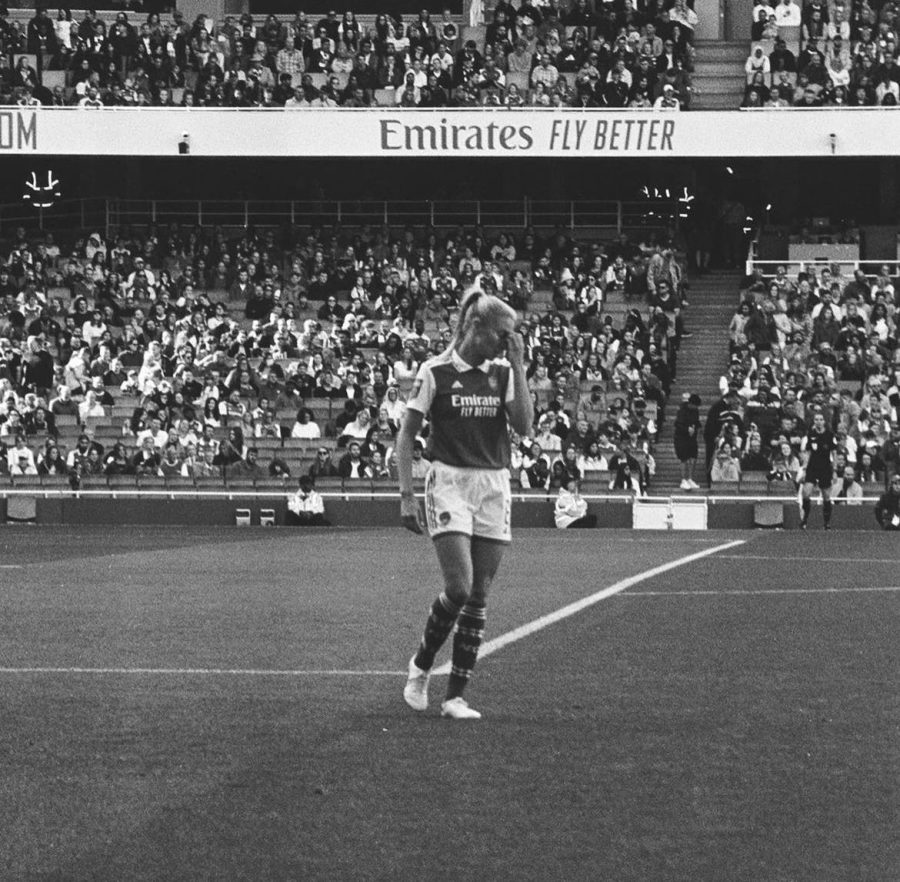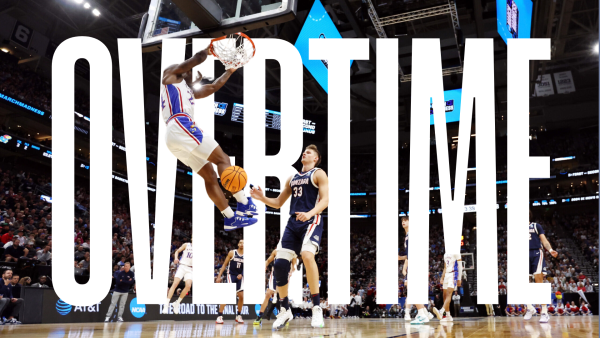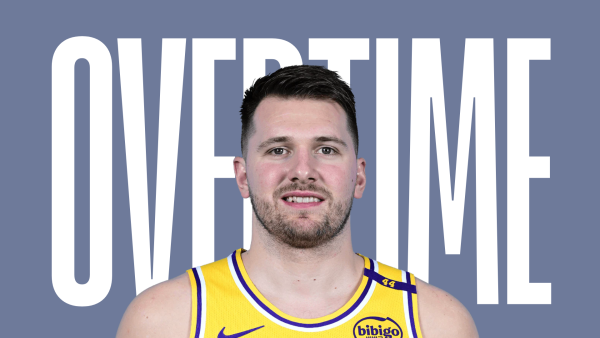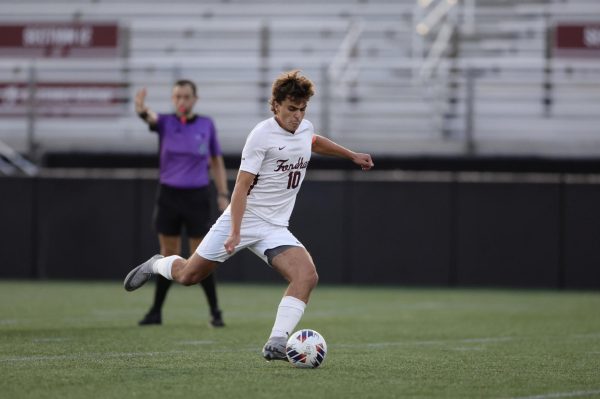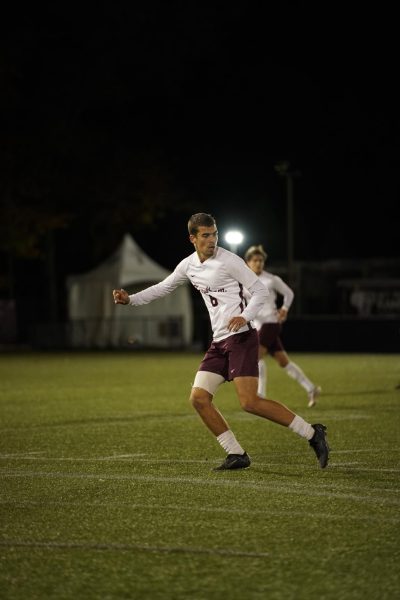Overtime: Adding Insult to Injury
Sports are physically demanding. That seems like a massive understatement, but in today’s world, injuries are a dime a dozen. Players go down constantly, sidelining them indefinitely, unable to help lead their teams to victory. But now more than ever, it seems that there’s a major injury problem in many sports, but especially women’s soccer.
Just recently, news broke saying England Women’s Soccer team captain Leah Williamson is out of the Women’s World Cup this summer due to an ACL injury. A massive blow to the team for losing their leader, just as the Women’s World Cup begins in July.
But she isn’t the only one being sidelined. There have been 57 players going down with ACL injuries this past year — and that number is just in the top six women’s leagues. Across the sport, more and more ACL injuries are becoming particularly commonplace.
For those who are unfamiliar, an ACL injury results from overstretching or tearing of the anterior cruciate ligament (ACL) in the knee. A tear that occurs may be partial or complete. As a result, a person can be sidelined from physical activity for about six months. But that time frame is typically the earliest people are allowed to return to contact sports. Major healing and recovery can take up to 12 months or more.
Yet one has to beg the question, why? According to female health specialist Dr. Emma Ross, “We know female athletes are up to six times more likely to have a non-contact ACL injury than their male counterparts.” Specialists like Ross and others claim that it has to do with a woman’s joints especially in relation to their cycles. Women’s joints tend to break down during that time of the month, making it increasingly likely that an injury could take place.
This issue is also not just unique to the professional level, but growing concerns at the college level increase daily. In 2021-22, the Wake Forest Women’s Soccer team saw six ACL injuries in that span of time. With women’s bodies still undergoing changes as they enter their 20s, the long-term damage on the knees can lead to more health concerns down the line, forcing athletes into an early retirement.
Knowing that, what can be done for the sport to take more care of these athletes? Honestly, it’s hard to pinpoint what has to change. Every athlete’s body is different. Therefore, finding a catch-all solution seems to be impossible.
One thing that can be changed, however, is footwear. Other health specialists cite the improper fitting of soccer cleats can be a cause for knee injuries as well, and the pickings for women’s cleats can be slim. Until more manufacturers provide proper fitting women’s cleats, it could be another reason more and more women go down with horrible knee injuries.
ACL injuries are tough. It’s terrible for the team and just as terrible for the fans. For the team, they lose a friend, a leader and a teammate. The athlete loses playing time and the ability to represent their club or nation. And probably the biggest thing, they lose a lot of money.
Talented players can only take so many injuries. Over the past few decades, concern about concussions in sports have sidelined and retired so many athletes across multiple sports. ACL injuries seem to be falling into that same mentality now as well. I personally know many high school and college athletes that ended their careers prematurely because of the damage done to their knees due to ACL injuries. It is a brutal recovery process that a lot of people struggle with. More importantly, there’s a mental toll that many people do not address. It hurts to be away from your favorite sport and best friends. To see them succeed while you’re forced to be on the sidelines. With more emphasis on mental health in sports, hopefully less athletes will feel that depression that comes with being injured.
All injuries take a toll on the athlete. It’s time for the sport to finally figure out ways to minimize the risk of injury before every player in the world of women’s soccer ends up with an ACL injury.

Maddie Bimonte is a senior from Raleigh, N. C. majoring in journalism and minoring in political science. She first joined the Ram writing for the sports...



































































































































































































